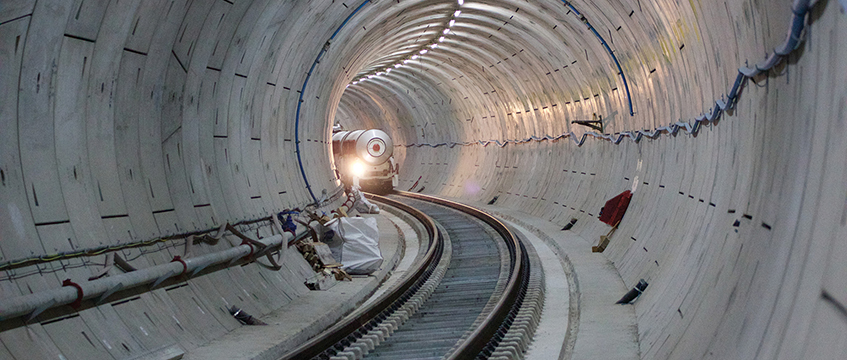Delaying Crossrail 2 could jeopardise development in London’s outer boroughs
FUTURE OF LONDON: Political and public support for London’s next generation of transport infrastructure investment could come under threat due to overspend and delay in the delivery of Crossrail.
This is turn could impact development opportunities – in London’s outer boroughs in particular – and the progression and stature of the city according to Paul Finch, programme director at the World Architecture Festival.
Procrastination problems
Speaking at a session on The Urban Place of the Future at EG’s Future of London conference he said: “We are getting more right than wrong but I worry about procrastination and having the right target but endlessly missing it.
FUTURE OF LONDON: Political and public support for London’s next generation of transport infrastructure investment could come under threat due to overspend and delay in the delivery of Crossrail.
This is turn could impact development opportunities – in London’s outer boroughs in particular – and the progression and stature of the city according to Paul Finch, programme director at the World Architecture Festival.
Procrastination problems
Speaking at a session on The Urban Place of the Future at EG’s Future of London conference he said: “We are getting more right than wrong but I worry about procrastination and having the right target but endlessly missing it.
“London really started to change with the building of the Jubilee Line that Thatcher got built and we then fiddled around for two decades.
“With Crossrail we are at least nearly there but there is the concern that because of the overspend and delay they won’t progress with Crossrail 2, which is crucial.”
Crossrail is due to open nine months later than expected in autumn 2019 and is running £600m over budget. Crossrail 2, which is due to run from Surrey to Hertfordshire through central London, could cost as £45bn with an independent affordability review by both the mayor of London and the secretary of state ongoing.
The outer boroughs
While Finch expressed concern over the ability of the mayor to push through the major infrastructure project, he was more supportive of the general leadership of City of Hall and the London Plan’s determination to unite outer boroughs and push forward with development.
“We have a strong mayoralty and an established office. The London Plan that has been put in place is not as important for the centre as it is the outer boroughs that have long pretended not to really be part of London,” he said, citing Bromley as one such example.
“Some of them feel they have more relation to the Home Counties than London and don’t want density or proper town centres as they just say people can go into Oxford Street for that. Actually, the identification of those growth areas is really important for the city.”
Flagship project
The largest development area in outer London is Old Oak Common. Eleanor Fawcett, head of design at the Old Oak and Park Royal Development Corporation, said that it was the corporation’s objective to create a flagship project from the ground up that took the best of projects from within the city and around the world. “We are trying to think about the opportunities and challenges of what the next generation of huge ambitious developments need,” she said.
“The objective is to create a truly inclusive place, not just with affordable housing but for the families that Sadiq [Khan] wants to be living there.”
She added: “How do we create a car-free environment? We like to think of ourselves as a vanguard and leading the way on how London gets these things right.”
Catering for the community
In order to ensure that such major developments were appropriate for their communities they should learn from the past according to Lyn Garner, chief executive of London Legacy Development Corporation.
She said that whilst the redevelopment of the Olympic Park had a multitude of positives, the next generation of large-scale projects should curate their retail offer more in line with those living around them.
“There is great curated food and beverage offering that looks lovely but is not all accessible at the price point,” she said.
“For those living in affordable elements, the food is actually really expensive and new development need to work on that.”
Tech and isolation
In order to develop projects that best serve their communities some developers are leaning on technology to help them engage but Kat Hanna, associate director of urban change at Cushman & Wakefield, said that they should not forget the importance of face-to-face engagement.
“Increasingly developers are using apps to canvass opinion and we do need to move on from notices stuck on trees in soggy envelopes by providing digital engagement,” she said.
“However, this needs to be in addition to meeting around a place and with the people who care and have that shared experience of the place.
“Tech is a tool but you have to be careful because it can also isolate people.”











